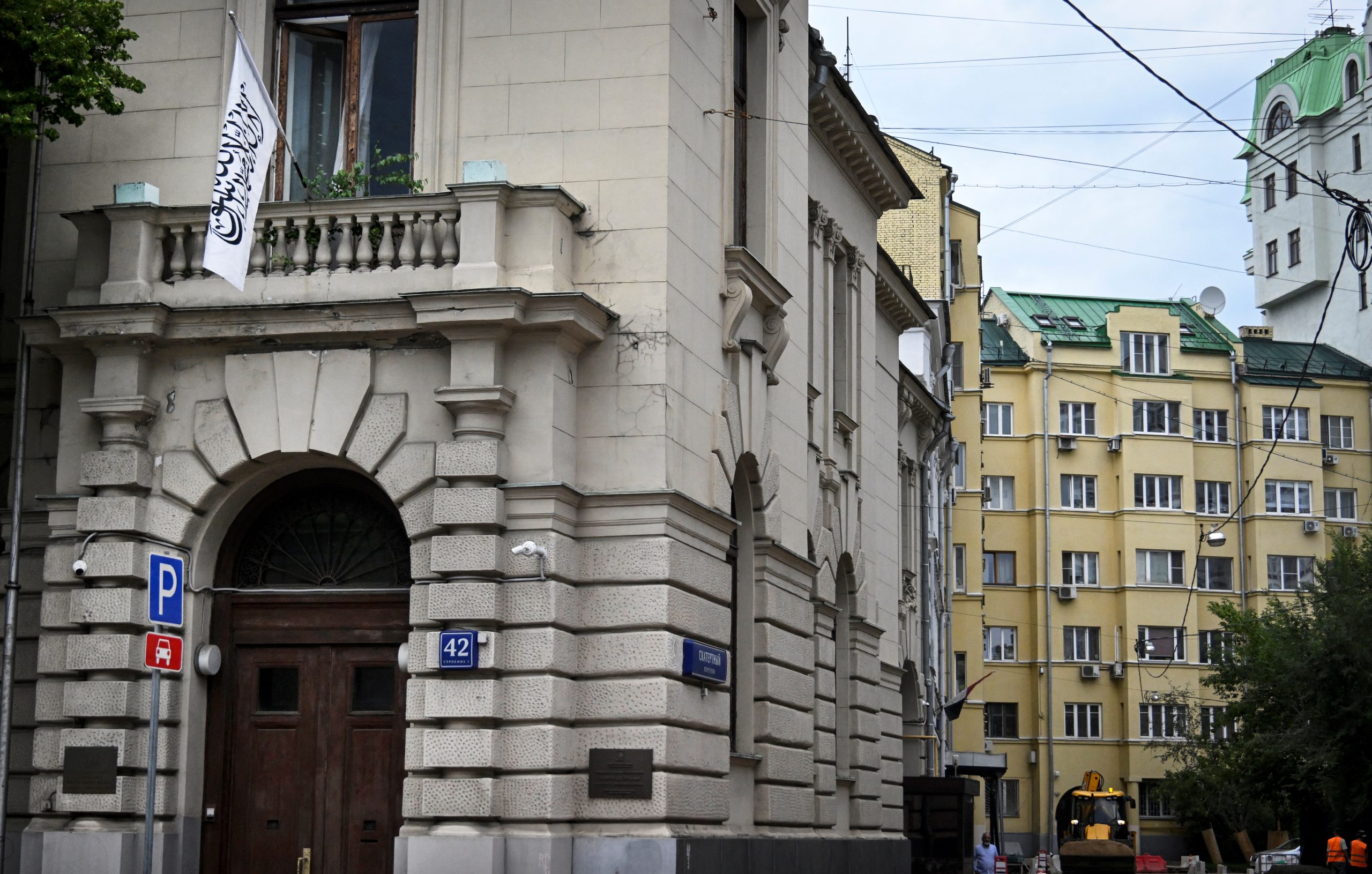THE US National Weather Service (NWS) has admitted its forecasts were wrong, after predicting a “potentially historic blizzard” would strike.
The storm piled deep snow on Connecticut and Massachusetts, but New York City was largely spared.
The city’s mayor, Bill de Blasio, defended claims he had overreacted to warnings, saying he had only acted on the information available.
Blizzard warnings remain along the coast from Long Island to Maine.
“Rapidly deepening winter storms are very challenging to predict,” the NWS wrote on its Facebook page.
“The storm has moved further east and will be departing faster than our forecasts of the past two days.
“The result is much less snow than previously predicted for the western half of our region,” it added.
On Monday an emergency was declared in a swathe of north-eastern states, and meteorologists predicted up to 90cm (36in) of snow. Officials later downgraded the numbers.
The New York City authorities imposed a driving ban – since lifted – and took the unprecedented step of shutting the subway.
But on Tuesday New Yorkers awoke to a blanket of snow less deep than feared, and since then city life has been getting back to normal.
“Would you rather be prepared or unprepared? Would you rather be safe or unsafe?” said Mr de Blasio, defending the moves.
Shutting down the New York subway system, for the first time in its history because of snow, can easily be viewed in retrospect like overkill. So does bringing in a car curfew, which banned non-emergency vehicles from the streets from 23:00 last night.
Walking the empty streets of Manhattan pre-dawn, and seeing the snow, we all found ourselves asking the same question: “Is that it?”
It reminded me of that scene from Crocodile Dundee, when Mick Dundee is confronted by muggers wielding a switchblade. “That’s not a knife,” he says, pulling out a much scarier weapon. “This is a knife.”
That’s not a storm, some New Yorkers told us, as they made their way to work muttering that Bill de Blasio had got it badly wrong.
“My job as the leader is to make decisions and I will always err on the side of safety and caution.”
Other areas of New York state saw much heavier snowfall, with a teenage boy killed in a sledging accident on Long lsland.
Worst affected elsewhere were Connecticut and Massachusetts, which saw 52cm (20.5in) and 67cm (26.2in) respectively, compared to the 13cm (5.5in) seen in New York’s Central Park.
Flooding is a big threat here. The town of Scituate is bracing itself for a high tide in the coming hours and the neighbouring town of Marshfield has already had its sea wall breached.
Some along this coast have already been evacuated from their homes and the streets are largely empty of people.
The storm is expected to continue to whip the eastern part of the state until early Wednesday – and only after that can a true assessment be made of its impact.
Thousands of people are without power, mostly in Massachusetts. The state’s only nuclear power station shut down after the blizzard interrupted its power flow.
But Massachusetts governor Charlie Baker said the snow had been “fluffier and lighter” than anticipated, meaning there were less power outages.
“The wind here is tremendous, it’s difficult to see very far out the window,” said Christie Craigheard in New Hampshire, another of the affected areas.
The NWS is still warning of potentially life-threatening conditions along the New England coast, as the storm heads north into Canada.
Meteorologists expect the snow and strong winds to continue throughout Tuesday, before weakening overnight.
Air travel remains disrupted, with more than 5,000 flights cancelled, according to flightaware.com.
Schools across the region are expected to remain closed until Wednesday, with public transport expected to be back to normal in New York by then too.






